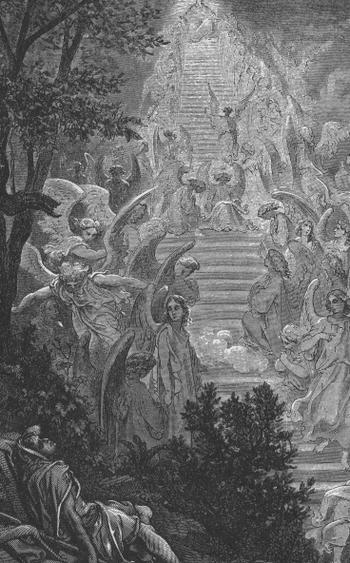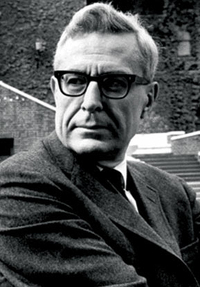Row, row, row your boat
Gently down the stream
Merrily, merrily, merrily, merrily
Life is but a dream

As we head into Chapter 10, we will do well to keep this universally beloved classic rhyme in mind as we begin to explore Preston Harold’s approach to Jesus’ miracles which will occupy us through Chapter 15.
Row, Row, Row Your Boat presents us with an attitude toward life, a hint of how life works, and how best to possibly navigate it. It tells us we humans have a responsibility to participate and engage our wills (row your boat) while at the same time cooperating with the divine flow that is naturally transporting us through our years (gently down the stream). It tells us not to worry for the morrow, that God knows the count of hairs on our heads (merrily, merrily, merrily, merrily) and that through belief and trust, our minds have the power to make our dreams come true and make us co-creators with God (life is but a dream).
The meaning of this chapter’s title, “All is Natural,” concerning the miracles of Jesus, is explained by Fredrick Marion:
What is beyond our present understanding we term supernatural, inferring that it is also beyond Nature. As soon as the onward march of Science has dissected and explained a certain matter, we calmly gather it into the realm of natural happenings. The whole of our existence and perception takes place in a realm governed by Nature. In consequence all is natural.
Preston Harold responds thus:
Fredrick Marion’s words serve to state the premise of this study. In its view, phenomena which appear to be supernatural are the product of power emanating from the unconscious bringing to bear on consciousness, perception, behavior, and flesh… But man must face the fact that extrasensory perception is operative, that hypnotic responses are miraculous, that the “stuff” of matter, or flesh, is mysterious as a ghost, as illusory as it is real.
When considering Jesus’ miracles here on out, please keep in mind Harold’s statements, “power emanating from the unconscious bringing to bear on…flesh,” and “hypnotic responses are miraculous.” These two quotes most directly state his thesis on the workings of Jesus’ miracles.

Following our beloved rhymes’ line, “Life is but a dream,” Harold says that while there is no doubt that delusion is pathological, illusion, on the other hand, is not. He invokes the British mathemetician and parapsychologist, George Tyrell, who points to the most important aspect of man’s mysterious psychic power, which power is the root of his creative capacity. Tyrell says both illusion and hallucination have astonishing power of creation and that: “It is not commonly realized that an element of creation enters into ordinary, everyday perception, too. The view that external objects exist in space exactly as we see them is extremely difficult to maintain. We must provide a good deal of the environment which we commonly think of as simply there.”
In Harold’s view, “hallucination becomes delusion only when sensory stimuli are severely limited by diseased or deteriorated tissue, or by restricted environment, or when the nervous system is out of kilter as a result of strain, fatigue, trauma, starvation, drugs, or alcohol so that conscious or unconscious fear, hatred, memory, expectation, fantasy, and imagination become factors to be incorporated in the perception the psychic power must deduce from inadequate or distorted sense stimuli… Illusion shows the other side of this coin, incorporating faith and love rather than fear and hatred. Thus, illusion is not necessarily pathological because faith and love are not destructive in character.”
In our next installment we will begin to approach the Biblical miracles and how faith and love are the keys to unlocking our understanding of them.
Until next time, peace.














